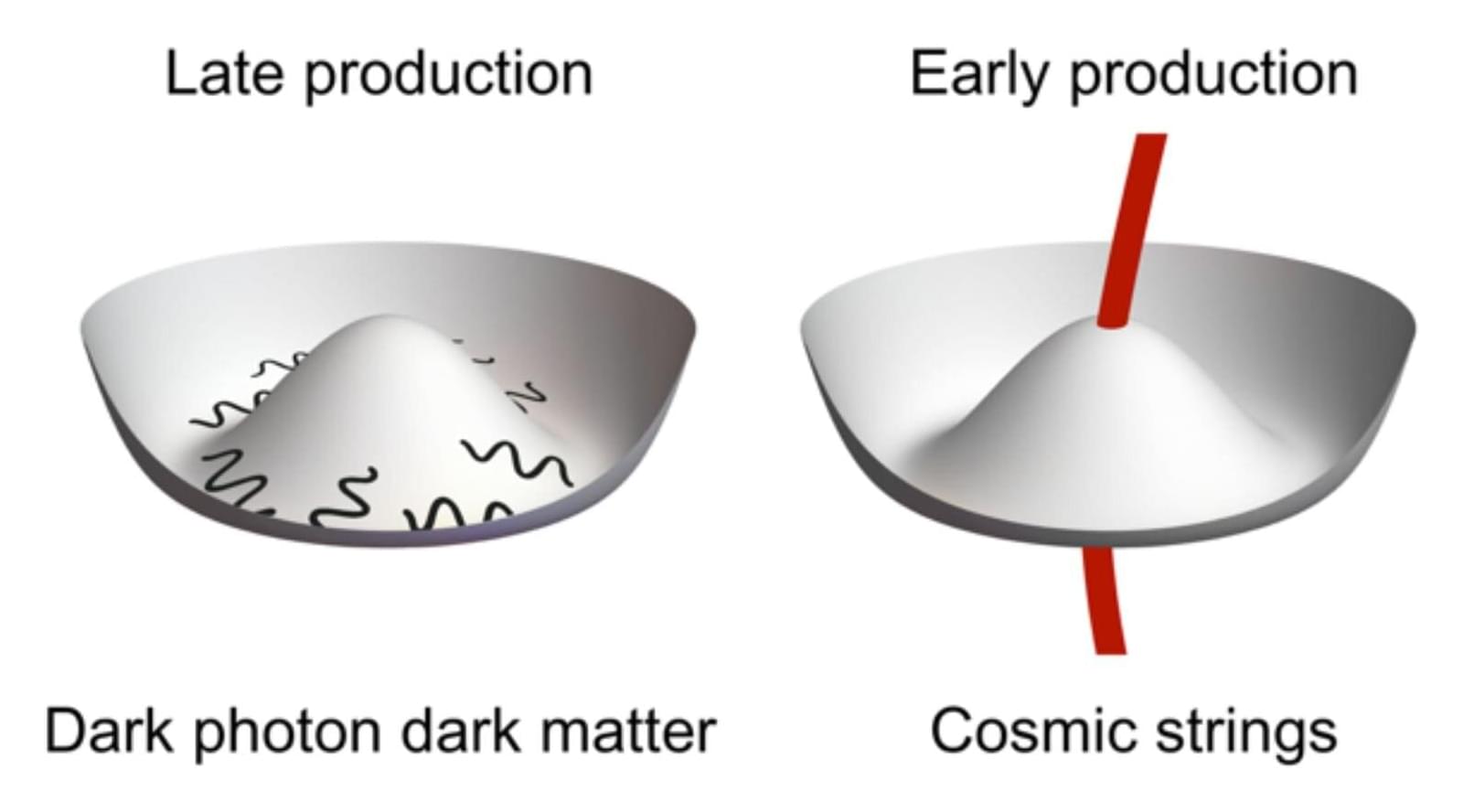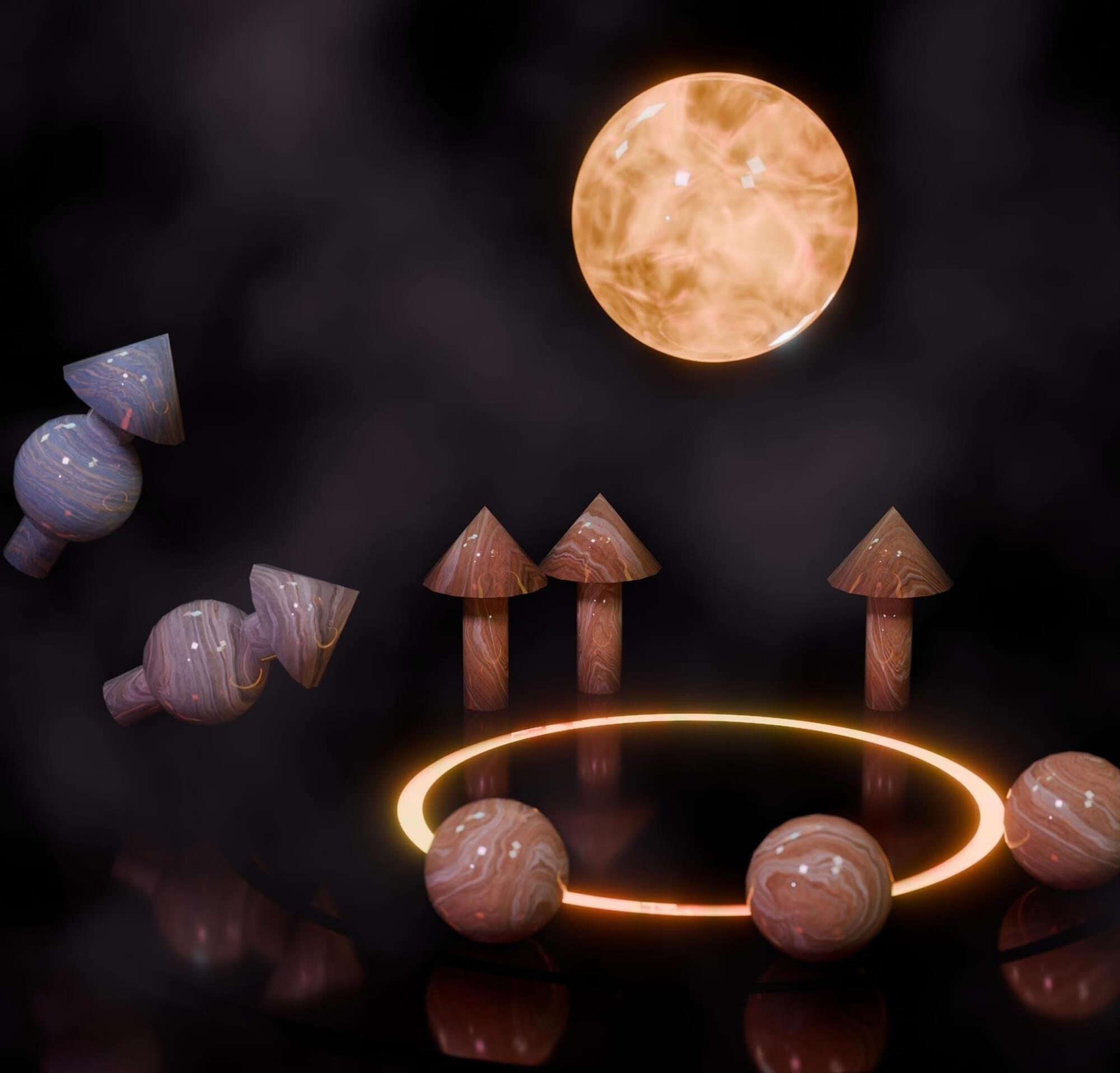Researchers from the Institute of Modern Physics (IMP) of the Chinese Academy of Sciences (CAS), together with collaborators from the Instituto Tecnológico de Aeronáutica in Brazil and Iowa State University, have theoretically explored the influence mechanism of quark-gluon interactions on the parton distribution functions (PDFs) within hadrons, providing new insights into first-principles calculations of hadron structure.
Their findings are published as a letter in Physical Review D.
Hadrons are essential building blocks of the universe. These composite particles, which are composed of quarks and gluons, include protons, neutrons, pions, and others. Investigating the behavior of quarks and gluons within hadrons is crucial for unraveling the mysteries of the microscopic structure of matter.








